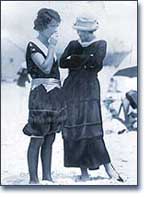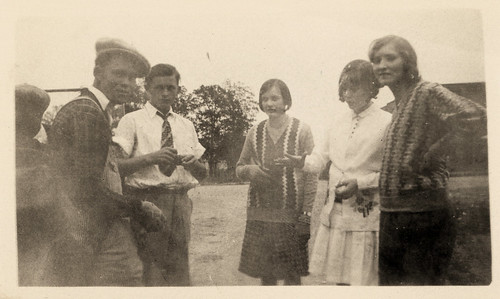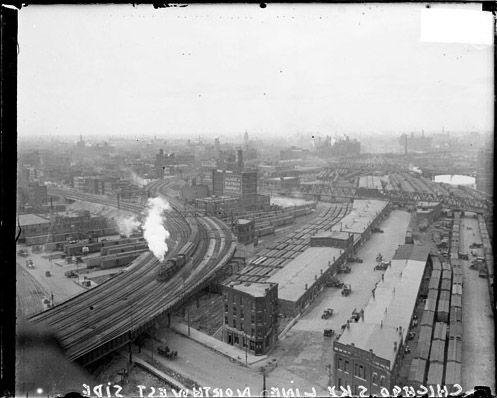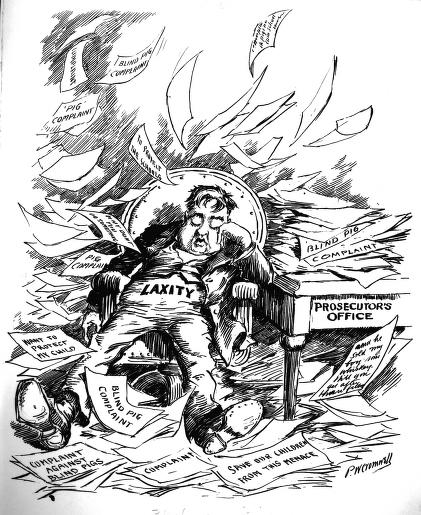 |
| Doraemon!!! |
While our poetry class was focusing on studying about North American poets, and a little bit on the the World War that was going on in Europe during the 20th Century, I just suddenly remembered a series of story books I used to love as a kid. It was a Japanese manga series by Fujiko F. Fujio, a cartoonist living in Toyama, Japan, about a robotic cat named Doraemon, who comes from the 22nd century.
Doraemon is born on September 3rd, 2112, weighs 285 lbs, and measures 4'3'' tall. He is painted blue and white, with a pouch, which is actually a limitless storage for his tools, and any other things. He was sent back to the year 1999, when he met Nobita, a clumsy and quite dumb guy, but very nice. He decided to stay with him, and they became best friends together.
 |
| First book cover |
The life of Nobita and Doraemon involves three other main characters: Shizuka, a nice and cute girl, who is also Nobita's crush, Suneo, a rich and haughty guy, and Takeshi, a chubby bully who sucks at singing. Together they make a great group of friends.
Doraemon first made his appearance to Japanese readers in 1974. Since then, he has been a popular figure, who has many innovative tools with him to help Nobita and his friends overcome and difficulties in life.
There is a total of 45 books in this series; each of them contains ten different chapters. Each chapter talks about a different tool that Doraemon has and the situation that he uses it in. Mostly the stories are humorous, and other times it contains meaningful messages.
There is also another series by Fujio, which contains 24 books. Each of them is about an adventure that Doraemon and his group of friends make. For instance, the first book was about their adventure to the dinosaurs time, and another one was about their fight with the evil aliens who try to take over earth.
 |
My favorite one (cover on the left) is the book that tells about their time spent under the ocean. They make a trip down to the sea, and with the help of Doraemon's gadget, they are able to breathe normally, eat plankton, and drive a special talking car on the ocean floor. They travel through the Bermuda, sneak into the evil lair, and fight with him very courageously.
A few of Doraemon's most appearing gadgets are: the magic door (you can go to anywhere except the vacuum when you think about the place and open the door), shrinking light (let it shine on anything to make it smaller), time machine (it lets you go back or forward in time!), personal copter (like a beanie on your head that enables you to fly), etc.
Doraemon was translated into many different languages, including English. Because of its popularity, Doraemon was considered a cultural icon of Japan. In 2008, the Japanese Ministry of Foreign Affairs appointed Doraemon as the "first anime cultural ambassador." On September 3rd, 2012, Doraemon was officially named as a citizen of Kawasaki, where Fujiko F. Fujio museum located.
What I really love about this series is the feeling of innocence and pureness of children, with many interesting tools of Doraemon, and significant lessons of friendship and family love. Doraemon proved to be a great children's book. I always enjoy it, and never get bored of it somehow. I used to remember every dialogues in each chapter of the book, and I can even read them out loud without looking at the text.
There is also an anime, or cartoon series, created base on the books. It consists of 600 episodes. You can watch them all here.
Here's the song of Doraemon OST.
















